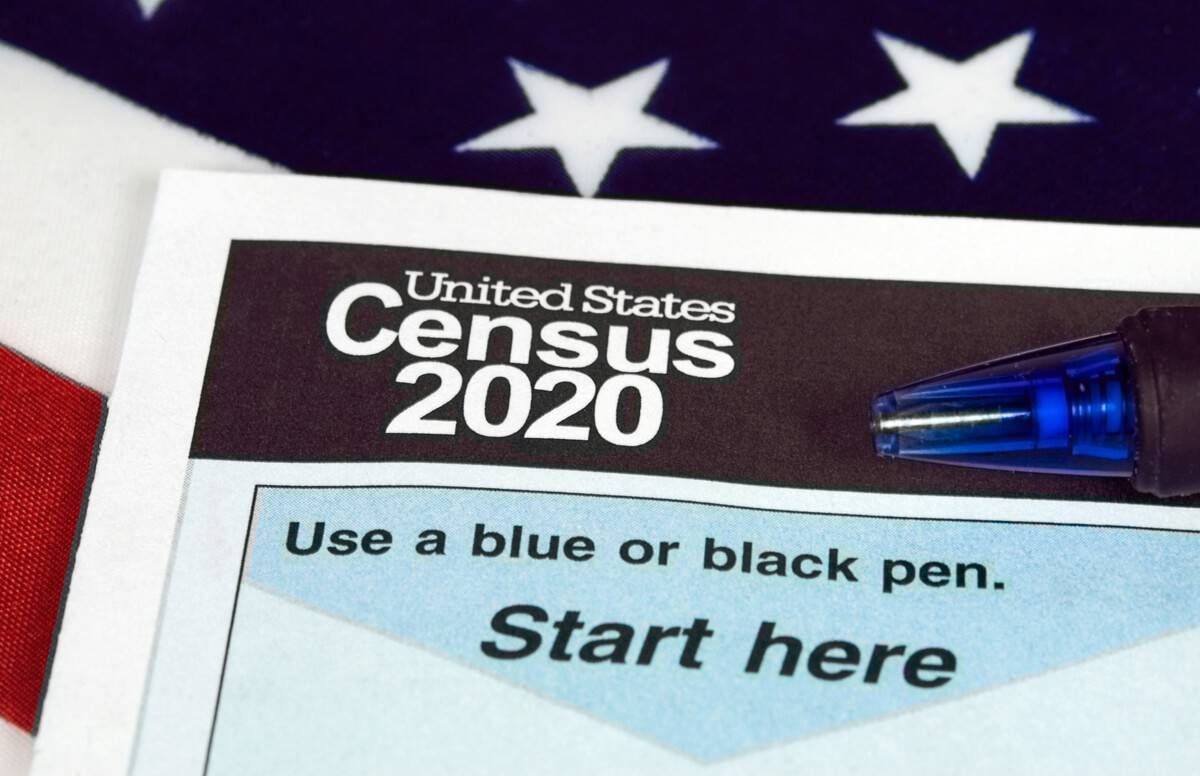Why Are Family Caregiving Questions Missing From the 2020 Census?
How knowing the answers could help the country deal with caregiving issues
As our nation awaits for the U.S. Supreme Court to decide whether the Trump administration can add a citizenship question to the 2020 Census, two important questions affecting more than 43.5 million Americans won’t be asked at all. The missing questions address whether a U.S. resident is a caregiver for an adult family member or a disabled child and whether a resident is receiving care from a family member.

The 2020 Census does include questions about grandparents caring for their grandchildren (up to age 18) in their homes. But what about family caregiving at the other end of the age spectrum? Nothing.
Nor did the U.S. Census Bureau include caregiving (other than for "co-resident" grandchildren) in its American Community Survey Report titled: The Population 65 Years and Older in the United States: 2016. A Census Bureau spokesperson told me he couldn’t come up with any other Bureau data on family caregiving.
Family Caregiving Topics Didn't Make the Cut for the 2020 Census
A February, 2016 Census Bureau blog noted: “from 2012 to 2015 the Bureau conducted seven census tests across the country to study a wide range of topics from race and ethnicity to automating field operations to internet response.” The Census Bureau even incorporated criticism from experts, Congress, advisory committees and the public in its decision-making process. Somehow, family caregiving didn’t make the cut.
But check out family caregiving statistics. They are staggering:
The National Alliance for Caregiving and AARP estimated that in 2015, 43.5 million family caregivers provided uncompensated care for an adult or child in the preceding 12 months. Some 60% of these caregivers were women. Thirty-nine million provided care to an adult with a disability or illness.
This is just the tip of the caregiving iceberg.
As Americans’ longevity increases, so are chances of our becoming family caregivers or being cared for by a family member. Few caregivers know how long their responsibility will last. Most caregivers I’ve spoken with said the responsibility came as a shock. And it's a responsibility for which they were unprepared and never trained.
Ignoring 13% of the U.S. Population
Omitting questions relating to more than more than 13% of the U.S. population ignores a huge number of unpaid, family caregivers who bear an enormous physical, emotional and time-consuming burden. InThe Age of Dignity: Preparing for the Elder Boom in a Changing America, author and Next Avenue Influencer in Aging Ai-jen Poo wrote: “The average caregiver for an older adult is a fifty-year-old woman who provides nineteen hours of care per week — essentially a part-time job — for an average of four years.”
The financial ramifications of these numbers are significant.
The same 2015 National Alliance for Caregiving/AARP Public Policy Institute study found that 36% of caregiving adults older than 50 reported moderate to high levels of financial strain. AARP reports that in 2016, annual out-of-pocket expenses for family caregivers averaged $6,954. In 2017, the Alzheimer’s Association estimated that 16 million Americans provided 18.4 billion hours of unpaid care — valued at $232.1 billion.
The Problem With Not Asking About Family Caregiving
Failure to include questions about family caregiving deprives the U.S. government of information about the financial impact of family caregiving on the national economy. It also creates a knowledge vacuum about how the government can better allocate resources to support family caregivers.
For example, how can medical, psychological and respite resources be better dispersed throughout the country to assist family caregivers?
Should unpaid family caregivers receive a tax break for the time and the financial and emotional challenges facing them?
Should the Centers for Medicare & Medicaid Services (CMS) allow therapeutic residential care coverage for aging family members without requiring they be admitted to a hospital (as opposed to being entered for observation)?
What States Are Doing for Family Caregivers
Some states are taking steps to reduce the financial burden on family caregivers.
Last year, AARP reported that Hawaii provides up to $70 a day worth of services to caregivers who assist a loved one over 60 and is employed in another job for at least 30 hours weekly. Washington, California, Rhode Island, New Jersey and New York and the District of Columbia require employers to provide paid family leave for employees who need time off to care for a sick or disabled family member or a new child. Other states are considering similar measures. But are they enough?
As our longevity increases and chronic diseases incapacitate more older Americans, the human and material costs of family caregiving merit greater attention. But without government-sourced data on the number of family caregivers, the financial impact on their (and the economy’s) well-being, plus a host of other concerns, how can we intelligently tackle these issues?
Most troubling is whether the absence of questions on family caregiving in the 2020 Census may be another sign that older Americans are becoming invisible.

